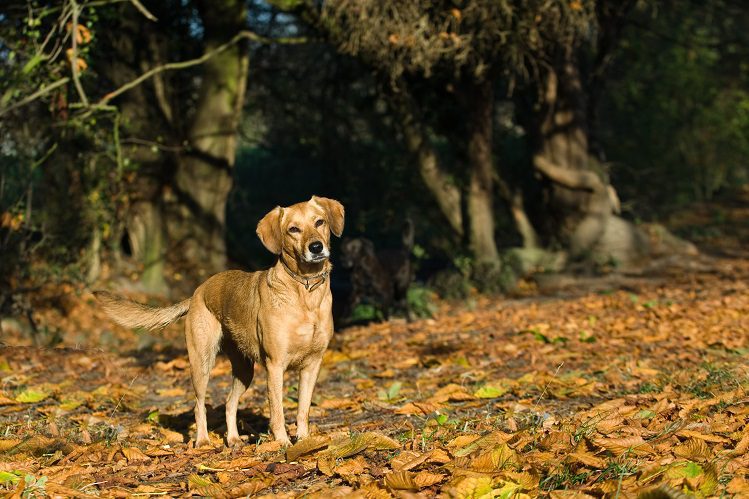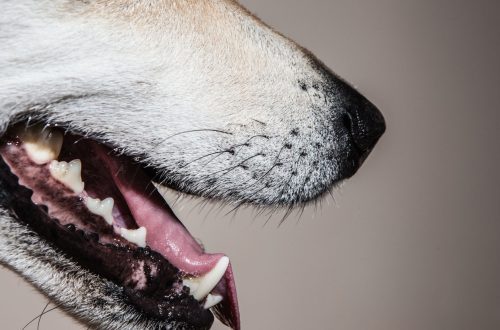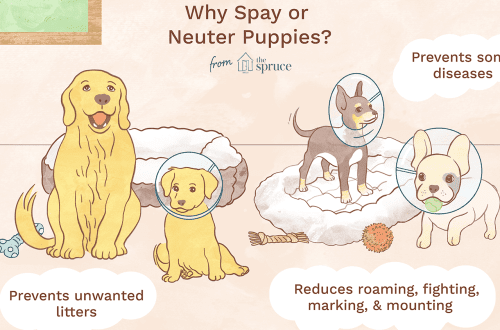
Horse chestnuts and acorns. Can they be dogs
Veterinarian Boris Mats tells whether the danger of chestnuts and acorns for dogs is far-fetched or real.
Horse chestnuts and acorns can often be found in city parks and forests. They have very beautiful fruits, in childhood, many collected them and made crafts from them. But few people know that these plants can be dangerous for pets and humans. Moreover, they pose a double danger. The first and most obvious is intestinal obstruction. And the second is the toxic substances that make up the fruit.
Next, we will analyze in more detail:
than dangerous obstruction,
what poisons contain chestnuts and acorns,
what to do if the pet swallowed such a fruit and how to prevent it,
what will be done in the veterinary clinic.
The phrase “alimentary tract” in this case is indicated for a reason. Obstruction (obstruction) can be not only in the intestines, but also in the esophagus and stomach.
The danger of obstruction lies in several factors:
Mechanical irritation of the walls of the digestive tract. This leads to local inflammation and dysfunction of the damaged area. For example, if the intestinal wall is damaged, nutrients and water will not be adequately absorbed, spasms will occur. This condition will cause diarrhea and vomiting.
The formation of bedsores of the digestive tube. When a foreign object squeezes the walls of the digestive tube, blood vessels are pinched, which leads to tissue death.
The formation of perforations (holes) in the digestive tract. Pressure sores can eventually lead to necrosis (death) and perforation of the wall. Also, the hole can occur due to injury with a sharp object. The inside of the digestive tract is an external, non-sterile environment for the body. If a hole forms in it, then dangerous bacteria can enter the internal sterile environment and cause serious inflammation. If a hole is formed in the stomach or intestines, peritonitis begins – all the organs of the abdominal cavity become inflamed. If a hole is formed in the esophagus, then pleurisy occurs – the organs of the chest cavity become inflamed. Both of these processes can turn into sepsis, a very severe, deadly disease. Even if they do not pass, there is a high risk that the affected organs will lose their functions, which will lead to death.

The main substance that is dangerous in chestnuts is esculin. It is found in all parts of the plant, including fruits, leaves, and flowers. The highest concentration is in the cortex. Aesculin tastes bitter, so you won’t be able to eat much of it. Nevertheless, among animals, especially dogs, there are extremely omnivorous individuals for whom taste is not as important as the process of eating.
How exactly chestnuts affect animals is not fully understood at the moment.
Symptoms of chestnut damage include the following manifestations:
vomiting and diarrhea
gastrointestinal bleeding
decreased activity and appetite,
increased thirst and dehydration,
stomach ache,
temperature rise,
tremor
The effect of chestnuts can occur 1-12 hours after consumption. Sometimes symptoms appear on the 2nd day.
Usually on maintenance treatment, poisoning resolves in 12-48 hours. However, some animals with severe GI symptoms may require more intensive therapy and more time.
These plants are more dangerous in terms of toxicity and less dangerous in terms of airway obstruction: due to their smaller size.
Tannins, which are part of the oak, increase the permeability of the intestinal walls for toxins. Also, tannins in the process of processing in the body form dangerous compounds that can affect the organs where they accumulate. The kidneys are such an organ, but they are rarely affected in companion animals.
The symptoms and timing of their onset are similar to those of chestnuts. Distinctive are:
Swelling of the lips and eyelids
Hives
If your pet ate chestnuts or acorns, you need to go to the veterinary clinic. Even if it seems that there is nothing to worry about, even if no treatment is required, the doctor will draw up an action plan and tell you what to pay close attention to, what symptoms can be a threat to your pet’s life.
Diagnostics is based mainly on the words of the owners. A common method of additional diagnostics is X-ray and ultrasound. They allow you to identify signs of obstruction, lesions of the abdominal and chest cavities. Blood and urine tests may also be required to rule out comorbidities. The decision to conduct other diagnostic tests will be made as necessary, depending on the condition of the animal and the results of the initial examinations.
There is no specific treatment for chestnuts and acorns. In case of poisoning, antiemetic drugs, droppers are used to combat dehydration and a violation of the salt composition of the blood. Pain relief is also likely to be needed due to spasms and pain in the intestines; Antibiotics may be used for very severe inflammation. The decision to conduct a particular treatment is made by the doctor, based on many of the data that he collects during communication with the owner of the pet and conducting diagnostic tests. It is not necessary to treat the animal on its own, it can be fatal.
If a chestnut or acorn caused an obstruction, this is an indication for an early operation. Decubitus and tissue death occurs very quickly. Remember the life safety lessons: it was not in vain that they said that a tourniquet during bleeding can be applied for no more than an hour. If worn for a long time, the hand may die. A stuck chestnut is a tourniquet for the intestines.
Chestnuts and acorns can cause obstruction and have toxic effects. As a rule, all manifestations are resolved on symptomatic therapy. It is imperative to take the dog to the veterinarian in order to develop a plan for observation, diagnosis and therapy. Self-treatment can harm the pet. In rare cases, complications may develop that require additional therapy. If an obstruction is found, surgery is required.





